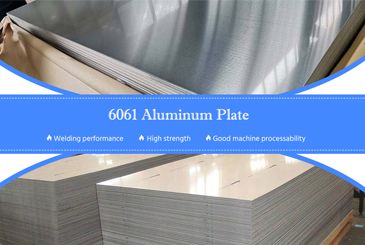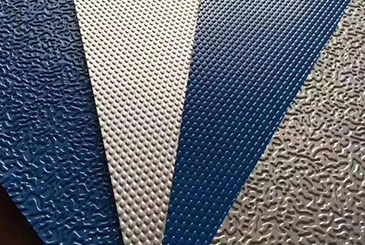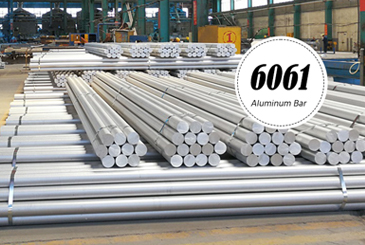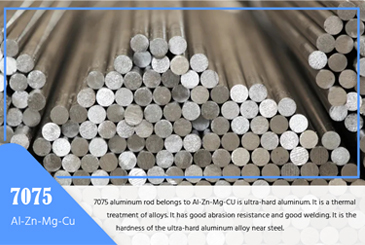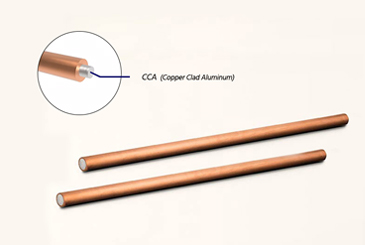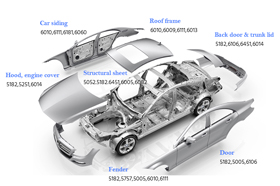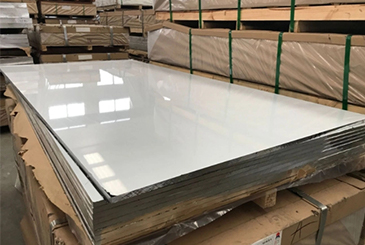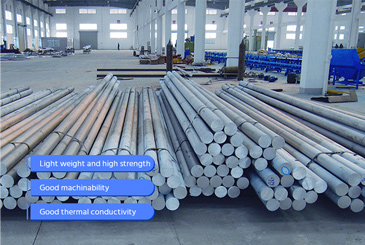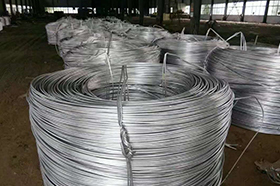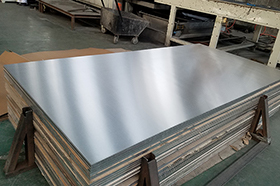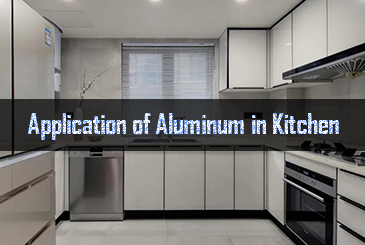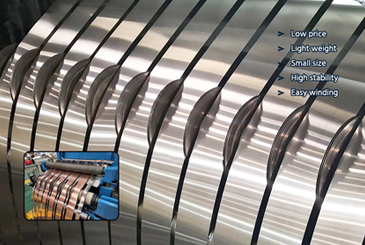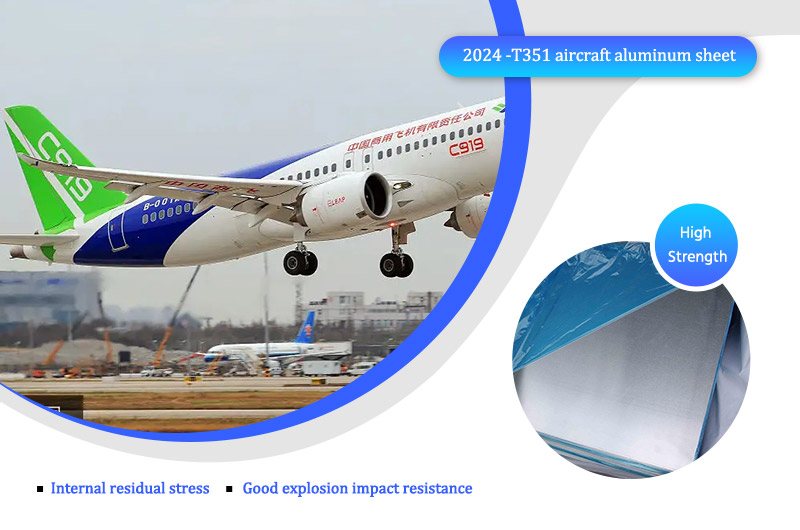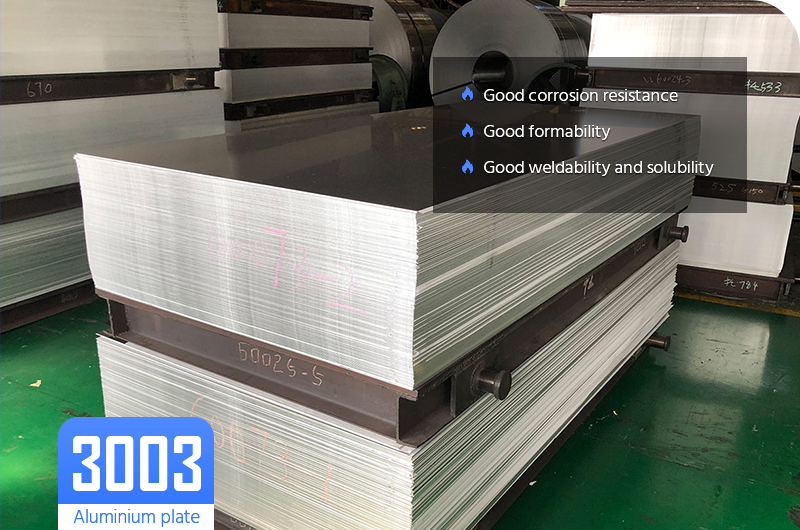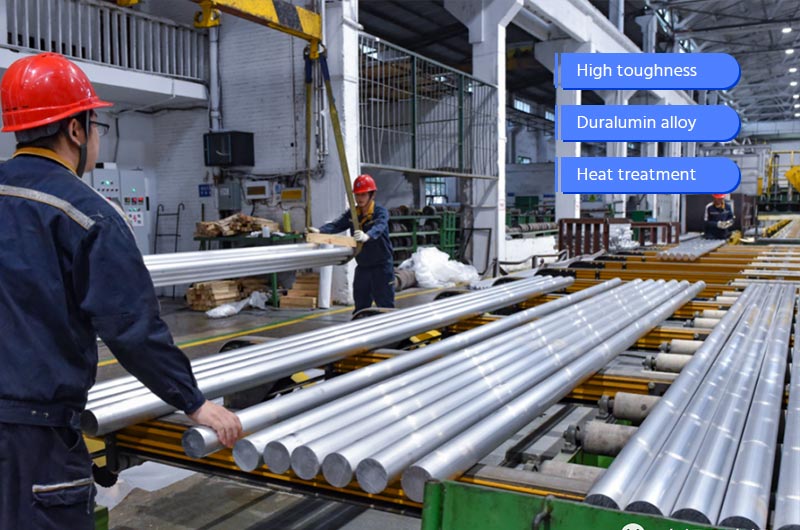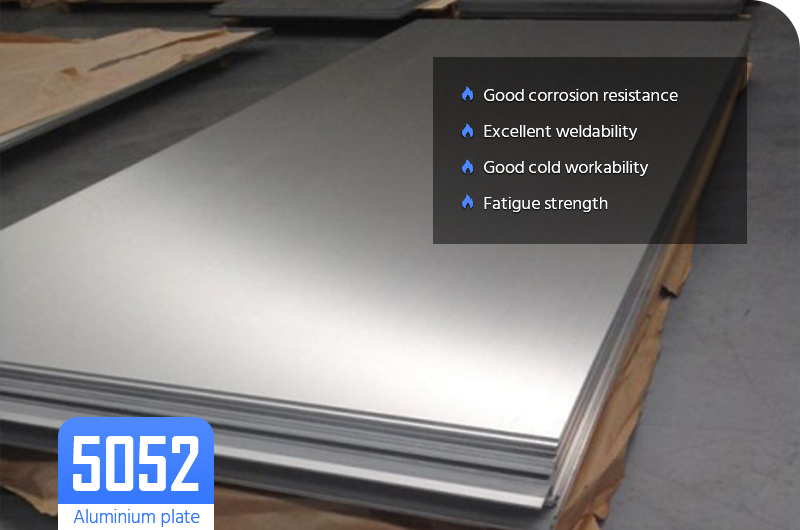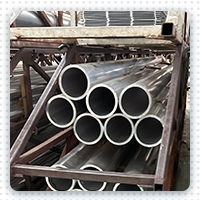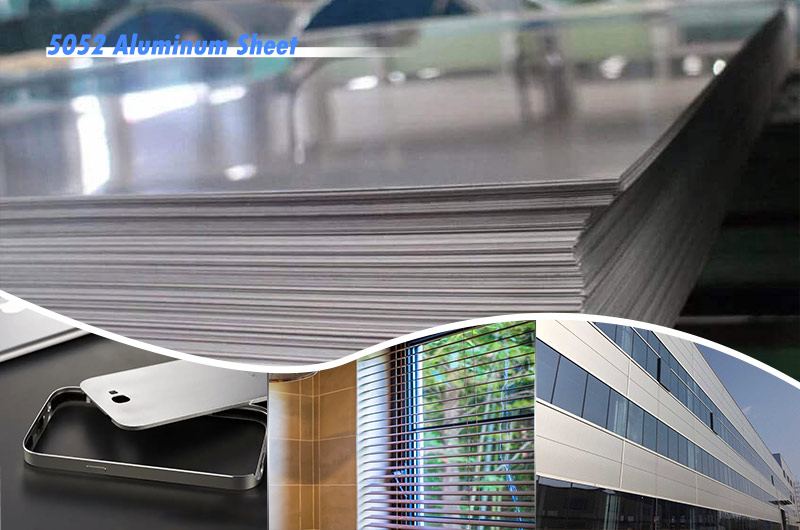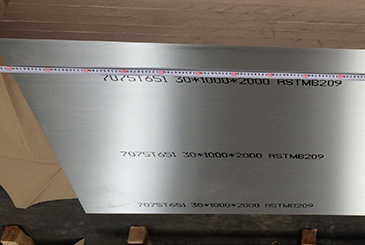Deforming aluminum and aluminum alloy products adopt different processing methods according to the specific requirements of usage. The main processing methods include hot working, cold working, solution heat treatment, aging treatment, annealing treatment, etc.
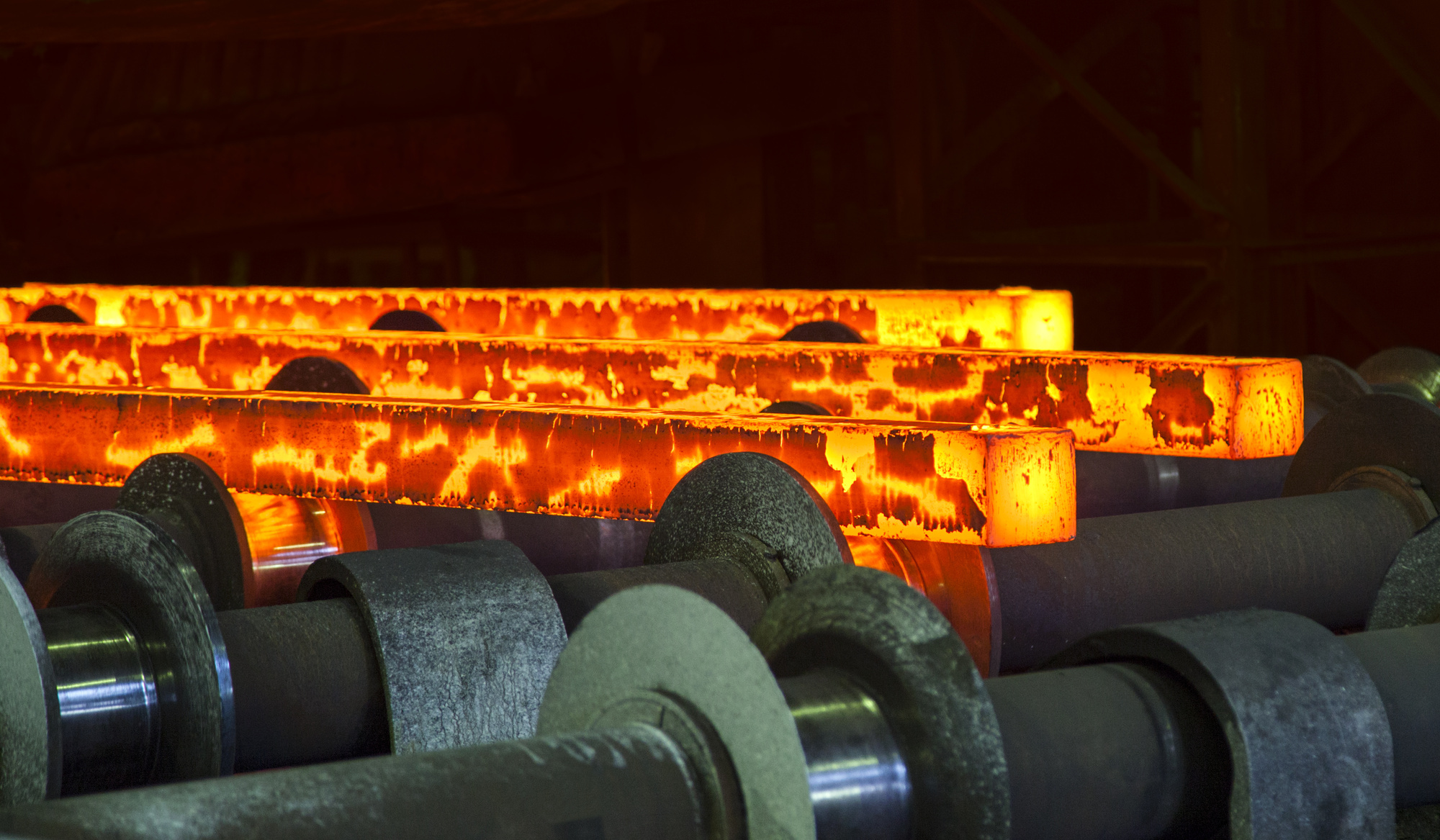
What are the tempers of aluminum alloy?
According to different processing methods, the temper of aluminum processing products can be summarized as follows:
- H: Work hardening temper. It is applicable to products that improve strength through work hardening. After work hardening, the product can undergo (or not) additional heat treatment to reduce the strength.
- O: Annealed condition. It is applicable to the processed products with the lowest strength after complete annealing.
- T: Heat treatment temper. It is applicable to products with (or without) work hardening to reach stability after heat treatment. There must be one or more Arabic numerals after the code T (Generally, it is heat treatment strengthened material).
- W: Solution heat treatment temper. It is a kind of unstable temper. It is only applicable to alloys naturally aged at room temperature after solution heat treatment. This tempers code only indicates that the product is in the natural aging stage.
- F: Free machining temper. It is applicable to products without special requirements for work hardening and heat treatment conditions during the forming process. The mechanical properties of products in this temper are not specified.
Detailed interpretation of various tempers of aluminum alloy
H temper
The first digit after H is the method of work hardening treatment.
H1: Simple work hardening temper. It is applicable to the condition that the required strength is obtained only through work hardening without additional heat treatment.
H2: Work hardening and incomplete annealing temper. It is applicable to the products whose work hardening degree exceeds the specified requirements of finished products and whose strength is reduced to the specified index after incomplete annealing.
H3: Work hardening and stabilization treatment temper. It is applicable to products with stable mechanical properties after low temperature heat treatment after work hardening or due to the heating effect in the processing.
H4: Work hardening and painting treatment temper. It is applicable to the products with incomplete annealing caused by painting after work hardening.
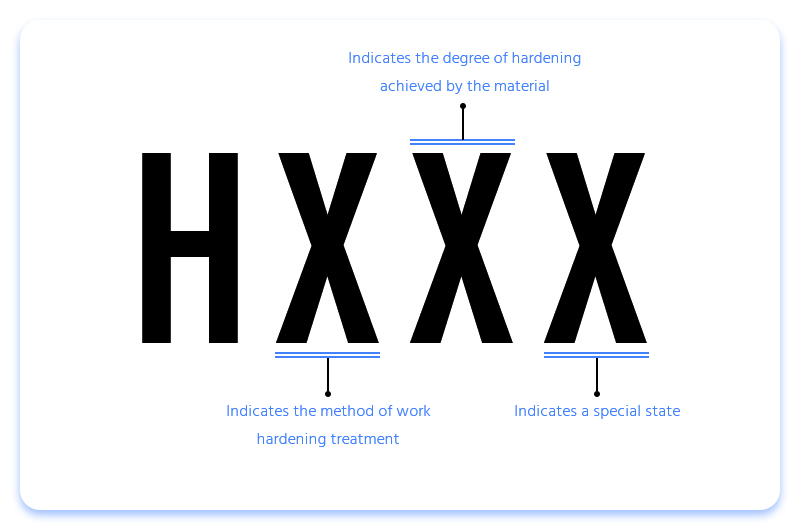
The second digit after H indicates the degree of hardening achieved by the material.
Generally, the hardening degree is divided into 8 grades. 1 is the lowest, 8 is the highest, and 9 represents the superhard temper with higher work hardening degree than Hx8
H12 Work hardened to 25% hardness
H14 Work hardened to 50% hardness
H16 Work hardened to 75% hardness
H18 Work hardened to 100% hardness(Fully hardened temper)
H19 Super work hardening temper. The tensile strength of this material shall be more than 10N/mm2 higher than that of H18 material.
H22 Partially annealed to 25% hardness after work hardening
H24 Partially annealed to 50% hardness after work hardening
H26 Partially annealed to 75% hardness after work hardening
H28 Partially annealed to 100% hardness after work hardening
H32 Stabilized to 25% hardness after work hardening
H34 Stabilized to 50% hardness after work hardening
H36 Stabilized to 75% hardness after work hardening
H38 Stabilized to 100% hardness after work hardening
H42 Painting after work hardening, 25% hardness treatment
H44 Painting after work hardening, 50% hardness treatment
H46 Painting after work hardening, 75% hardness treatment
H48 Painting after work hardening, 100% hardness treatment
H111 It is applicable to products with moderate work hardening after final annealing, but the degree of work hardening is not as high as H11.
H112 It is applicable to products formed by hot working. The mechanical properties of products in this temper have specified requirements.
H116 It is applicable to products made of 5000 series alloy with magnesium content ≥ 4.0%. These products have specified mechanical properties and anti stripping corrosion performance requirements.
O temper
O1 The processed materials hold and heat for the same time at about the same temperature as the solution heat treatment, and then slowly cooled to the room temperature.
O2 It is a deformation treatment temper of superplastic forming (SPF) in order to improve the formability of materials.
O3 It is the temper after homogenization treatment.
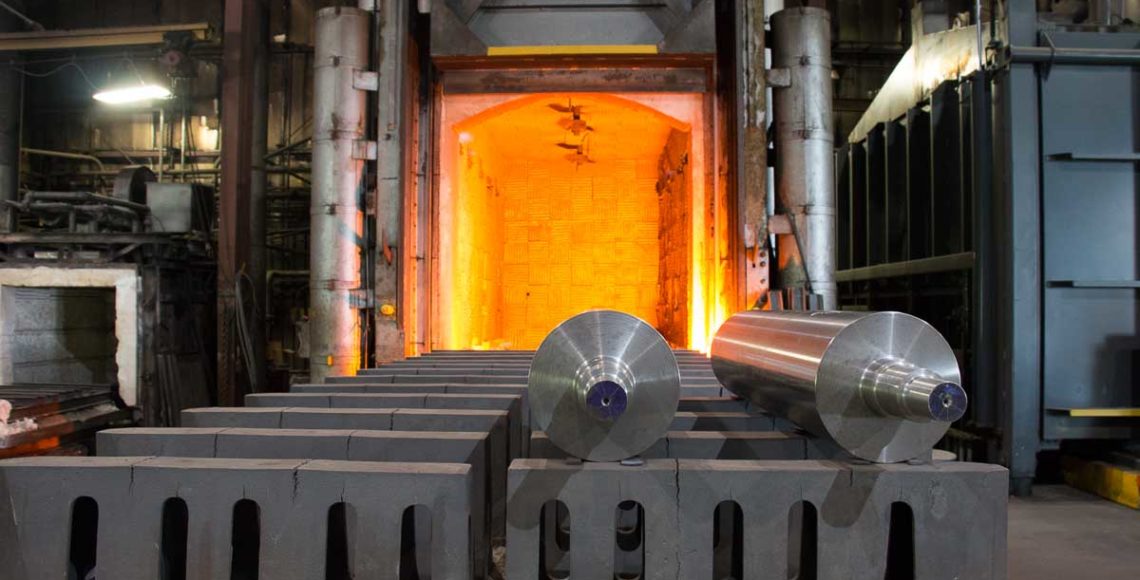
T temper
T0: After solution heat treatment, it is naturally aged and then cold worked. It is applicable to products with cold processing to improve strength.
T1: It is cooled by the high temperature forming process, and then naturally aged to a basically stable temper. It is applicable to products that are not subject to cold working after cooling in the high-temperature forming process (can be straightened and leveled, but do not affect the mechanical property limit).
T2: It is cooled by the high temperature forming process and naturally aged to a basically stable temper after cold processing. It is applicable to the products that are cold processed or straightened or flattened to improve the strength after being cooled in the high temperature forming process.
T3: After solution heat treatment, cold processing is carried out, and then natural aging is carried out to basically stable temper. It is applicable to products that are cold processed or straightened or leveled to improve strength after solution heat treatment.
T4: Naturally aged to a basically stable temper after solution heat treatment. It is applicable to products that are not subject to cold working after solution heat treatment (can be straightened and leveled, but do not affect the mechanical property limit).
T5: It is cooled by the high temperature forming process and then artificially aged. It is applicable to products that are artificially aged without cold working (straightening and leveling can be carried out without affecting the mechanical property limit) after cooling in the high-temperature forming process.
T7: Overaged condition after solution heat treatment. It is applicable to products whose strength exceeds the peak point on the aging curve during artificial aging in order to obtain some important characteristics after solution heat treatment.
T8: The temper in which solution heat treatment is followed by cold working and then artificial aging. It is applicable to products that have been cold worked, straightened or leveled to improve strength.
T9: The temper of artificial aging after solution heat treatment and then cold working. It is applicable to products with cold processing to improve strength.
T10: It is a temper of cooling by high temperature forming process, then cold processing, and then artificial aging. It is applicable to the products that have been straightened and flattened by cold working to improve the strength.
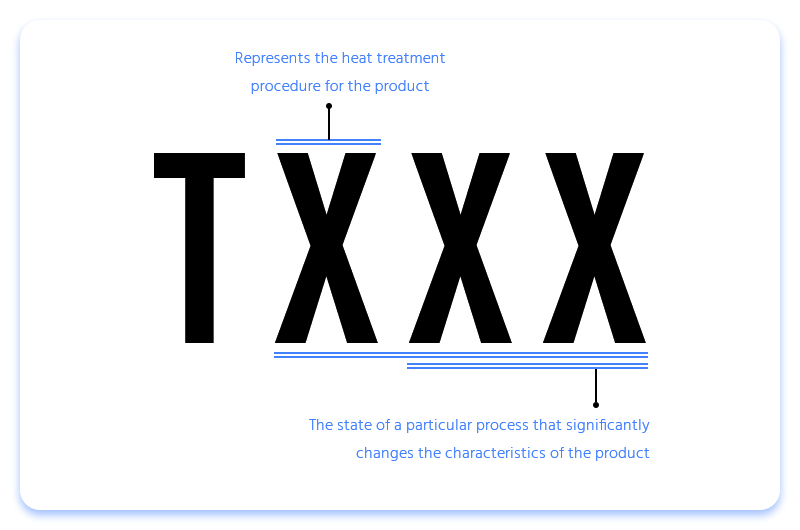
T00 temper and T000 temper
T00 temper indicates the product characteristics that have been significantly changed, Such as mechanical properties, corrosion resistance, etc.
T42: It is applicable to products naturally aged to fully stable state after solution heat treatment in O or F temper. It is also applicable to the processed products in any temper whose mechanical properties reach T42 temper after heat treatment.
T62: It is applicable to products with artificial aging after solution heat treatment in O or F temper. It is also applicable to products with mechanical properties reaching T62 temper after heat treatment of processed products in any temper.
T73: It is applicable to products with specified mechanical properties and stress corrosion resistance after solution heat treatment and aging.
T74: It has the same temper definition of T73. The tensile strength in this temper is greater than that in T73 temper, but less than that in T76 temper.
T76: It has the same status definition of T73. The tensile strength of this state is higher than that of T73 and T74 respectively. The stress corrosion cracking resistance is lower than that of T73 and T74 respectively. But the peeling corrosion resistance is still good.
T702: It is applicable to products with mechanical properties and corrosion resistance reaching T7x temper after solution heat treatment in O or F temper and artificial over aging treatment.
T81: It is applicable to products that are artificially aged after solution heat treatment, and the strength is improved by about 1% cold working deformation.
T87: It is applicable to the products with about 7% cold working deformation to improve the strength after solution heat treatment and then artificial aging.


